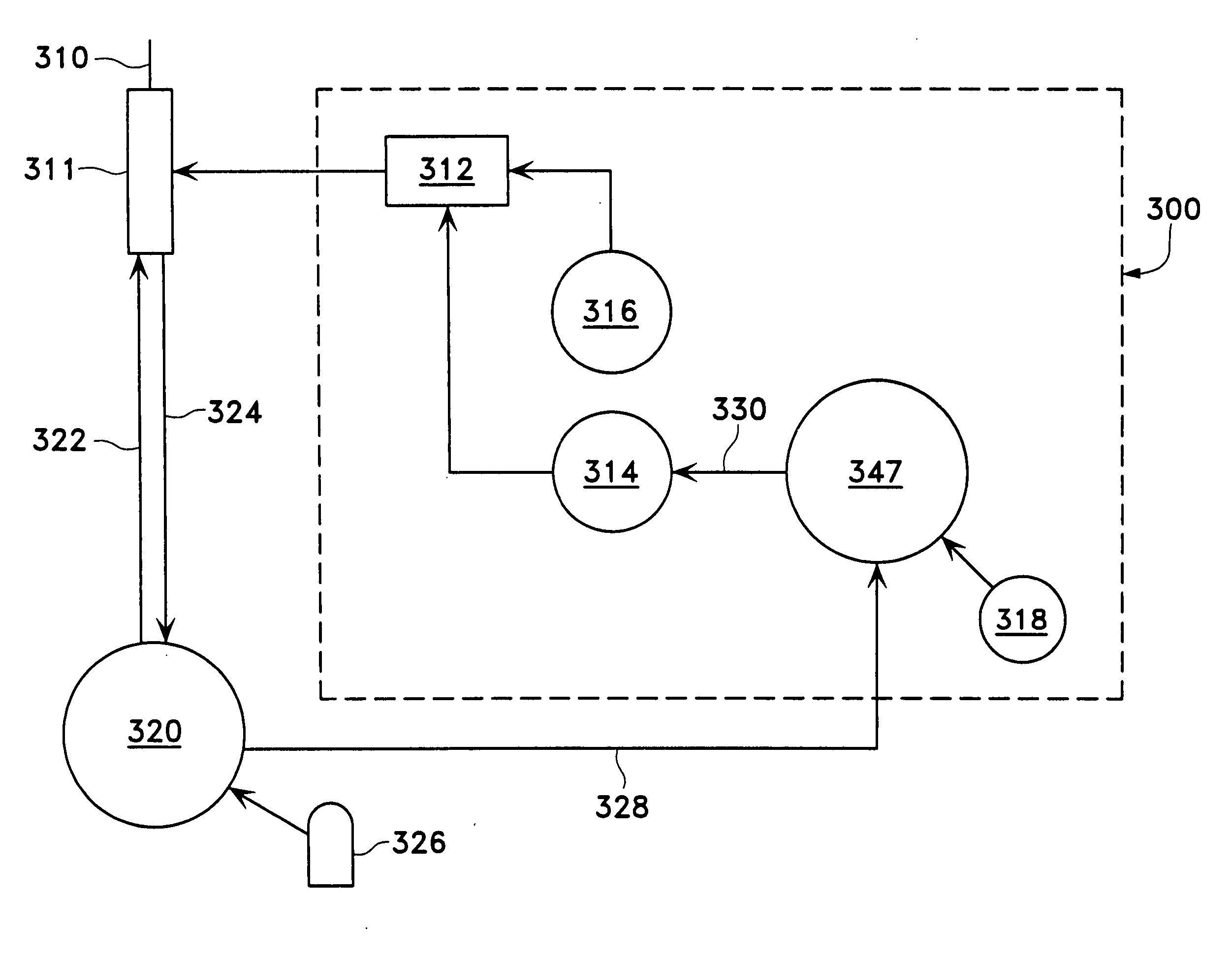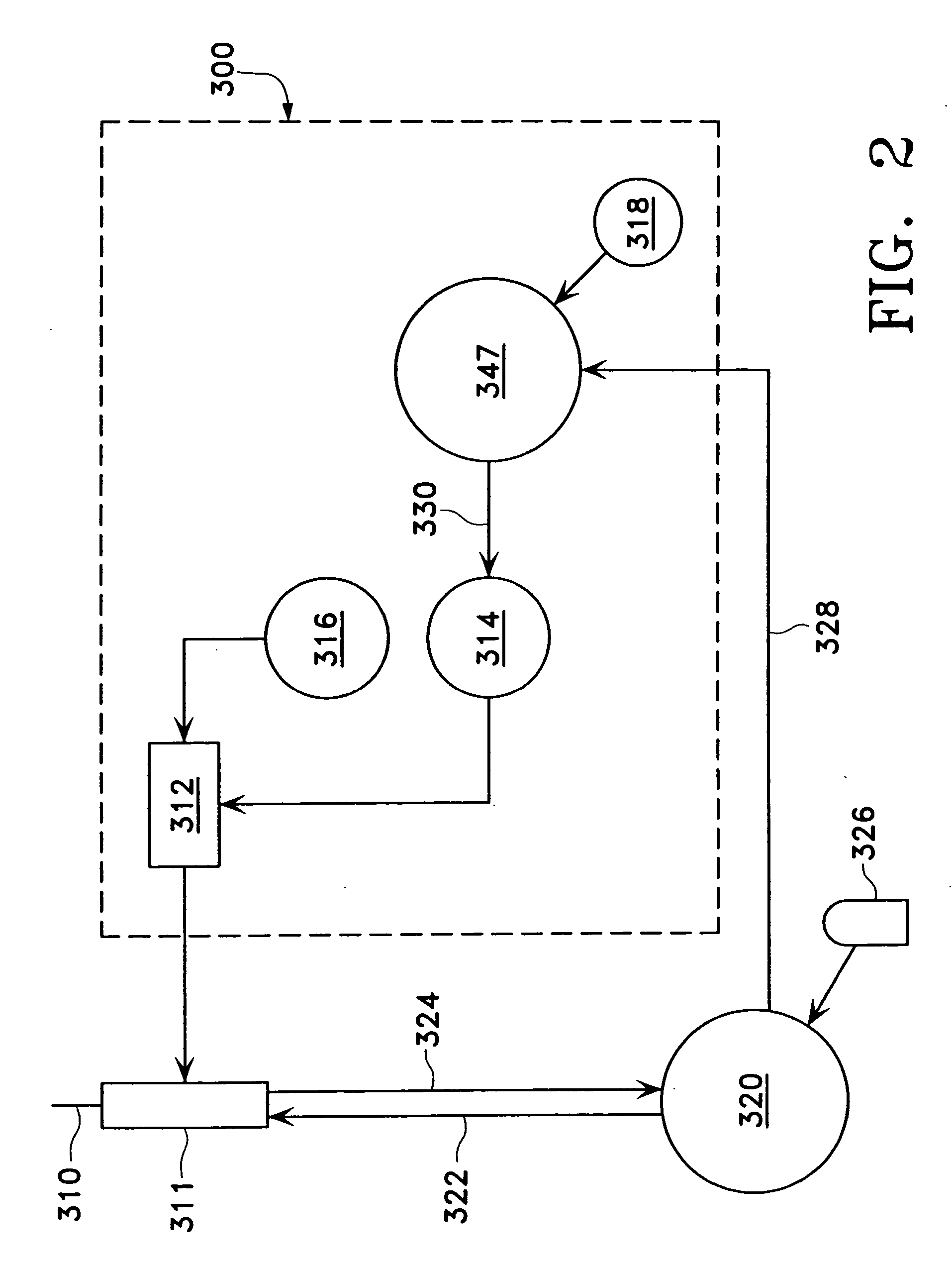Surgical handpiece tip
a surgical and handpiece technology, applied in the field of handpieces, can solve the problems of difficult temperature control of heated solutions and deteriorating vision, and achieve the effect of rapid boiling any surgical fluid
- Summary
- Abstract
- Description
- Claims
- Application Information
AI Technical Summary
Benefits of technology
Problems solved by technology
Method used
Image
Examples
Embodiment Construction
[0018] As best seen in FIGS. 1 and 3, in the present invention tip 10 to be used with handpiece 9 generally includes inner tube 12 and outer tube 14 separated by insulator 16. Inner tube 12 has any suitable inside diameter, such as about 0.028 inches, and any suitable outside diameter, such as about 0.032 inches. Outer tube 14 has any suitable outside diameter, such as about 0.042 inches. Inner tube 12 and outer tube 14 may be made of any electrically conductive material, such as stainless steel or titanium tubing. Insulator 16 may be made of any electrically nonconductive material resistant to high temperatures, such as polyimide, silicone or ceramic. Insulator 16 may be any suitable thickness, for example, about 0.003 inches. Inner tube 12 may also contain dielectric coating 17 having a portion removed so as to form an annular boiling region 18. Coating my be any suitable material, with vapor deposited parylene being preferred.
[0019] Outer tube 14 extends distally past inner tube...
PUM
 Login to View More
Login to View More Abstract
Description
Claims
Application Information
 Login to View More
Login to View More - R&D
- Intellectual Property
- Life Sciences
- Materials
- Tech Scout
- Unparalleled Data Quality
- Higher Quality Content
- 60% Fewer Hallucinations
Browse by: Latest US Patents, China's latest patents, Technical Efficacy Thesaurus, Application Domain, Technology Topic, Popular Technical Reports.
© 2025 PatSnap. All rights reserved.Legal|Privacy policy|Modern Slavery Act Transparency Statement|Sitemap|About US| Contact US: help@patsnap.com



